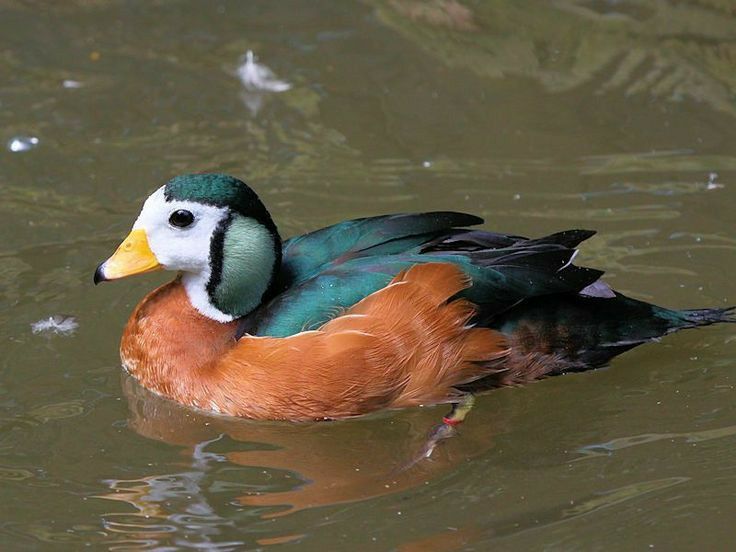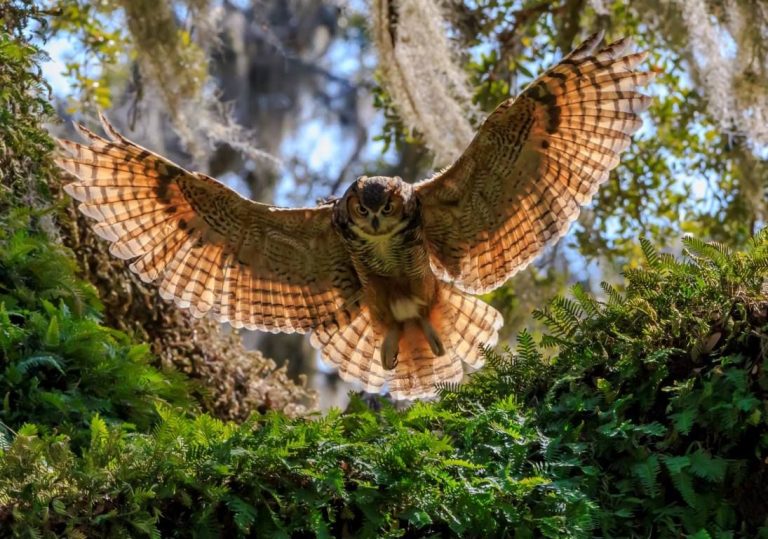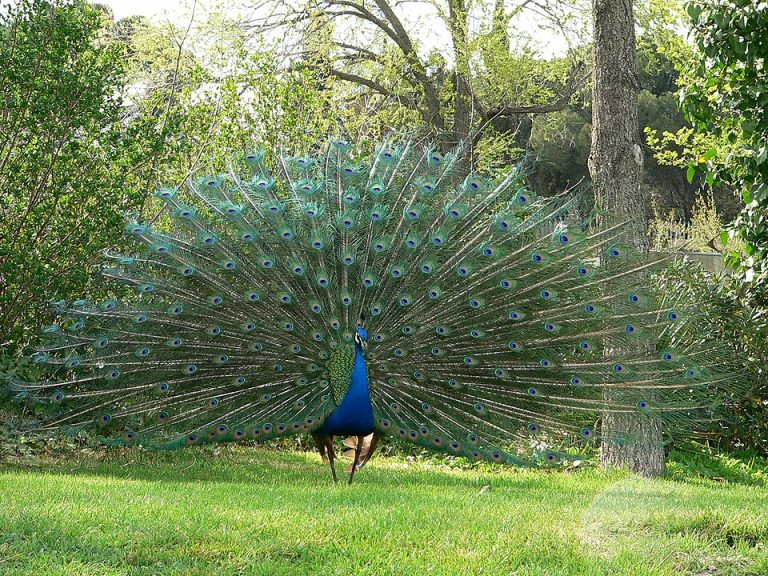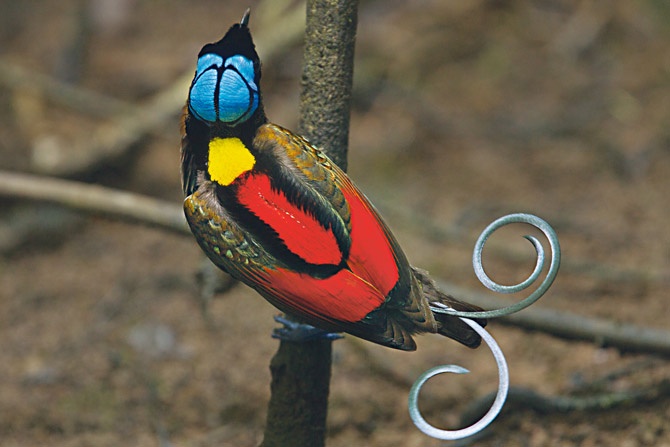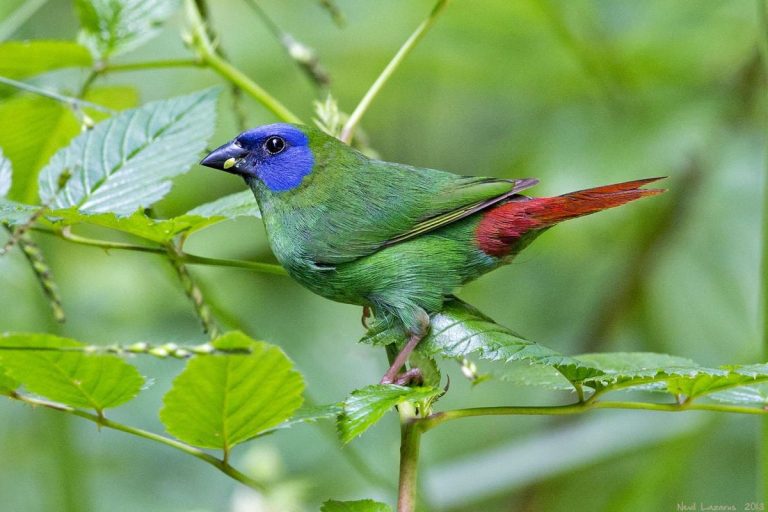The Living Emblem of Freedom: The Bald Eagle
Across the broad rivers and coastlines of North America, a commanding silhouette soars against the sky. Broad wings spread wide, head gleaming white against a dark body, it glides effortlessly on rising thermals. Then, with a sudden tuck, it plunges toward the water, talons outstretched, lifting away with a fish that flashes silver in the sun. This is the Bald Eagle (Haliaeetus leucocephalus), a bird whose power and presence have made it both a national symbol and a living emblem of the wild.
A Regal Appearance
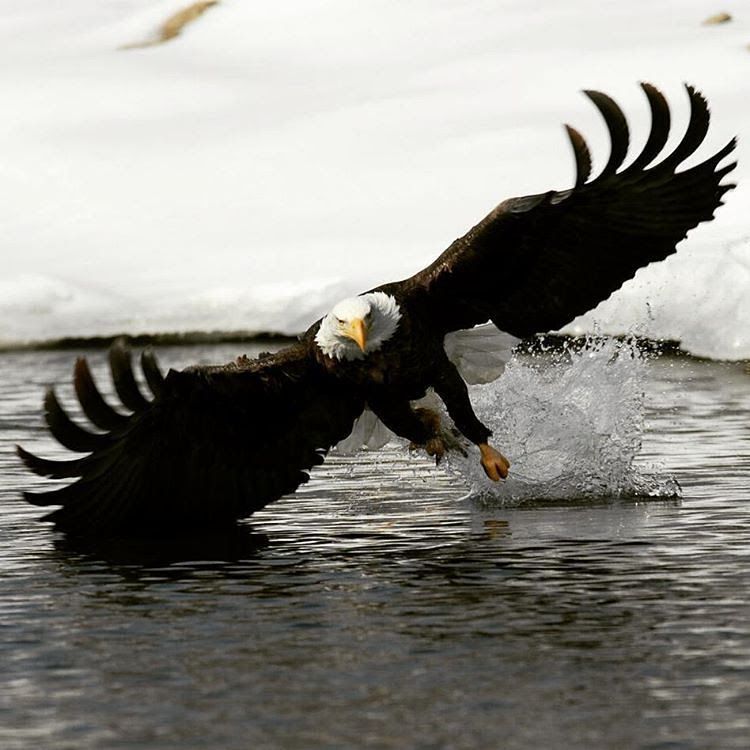
The Bald Eagle is unmistakable. Adults are large raptors, measuring nearly 1 meter in length with wingspans over 2 meters. Their snow-white head and tail contrast strikingly with their dark chocolate-brown body and wings, while their fierce yellow eyes and hooked beak complete the regal image. Juveniles, however, wear mottled brown plumage, gradually gaining the iconic white head only after four to five years—a transformation that mirrors their journey to maturity.
Master of Waters and Skies
Fish form the core of the Bald Eagle’s diet, and its hunting displays are spectacles of strength and precision. Perched on tall trees or soaring high above rivers and coasts, the eagle spots prey with its extraordinary vision. With a swift dive, it snatches fish from just below the surface, carrying them in powerful talons designed to grip slippery catches. Opportunistic by nature, it also steals from other birds, scavenges carrion, and hunts waterfowl, showcasing both adaptability and dominance.
Family Bonds and Fierce Protection
When it comes to reproduction, Bald Eagles form long-term pair bonds, often staying with the same mate for life. Together, they construct some of the largest nests in the avian world—enormous platforms of sticks, sometimes over 2 meters wide and weighing a ton, reused and added to year after year. Within this fortress, the female lays 1–3 eggs, and both parents share the responsibility of raising the chicks. Fierce defenders of their territory, they will drive away intruders, from other raptors to humans who come too close.
From Decline to Recovery
Once abundant across North America, the Bald Eagle faced a severe crisis in the 20th century. Habitat destruction, hunting, and above all, the pesticide DDT led to catastrophic population declines by thinning eggshells and reducing reproductive success. By the 1960s, the species was on the brink of extinction in the lower 48 states. Conservation laws, the banning of DDT, and strong protection measures, however, turned the tide. Today, the Bald Eagle is a resounding success story—removed from the U.S. Endangered Species List in 2007, it now thrives once more across rivers, coasts, and wetlands.
Symbol of Spirit and Nation
For Native American cultures, the Bald Eagle has long been sacred, revered as a messenger to the spirit world and a symbol of strength and vision. In modern times, it stands as the national emblem of the United States, embodying ideals of freedom, resilience, and power. Its image graces seals, flags, and coins, but it is in the wild, wings spread over vast landscapes, where its symbolism feels most alive.

A Closing Reflection
To see a Bald Eagle soaring high above a river valley is to witness a living miracle of recovery and endurance. It is not merely a bird but a symbol of what can be saved when humanity chooses to protect rather than destroy. The Bald Eagle, once nearly silenced, now calls again across the skies—an enduring reminder that freedom, like the wild itself, must always be safeguarded.

